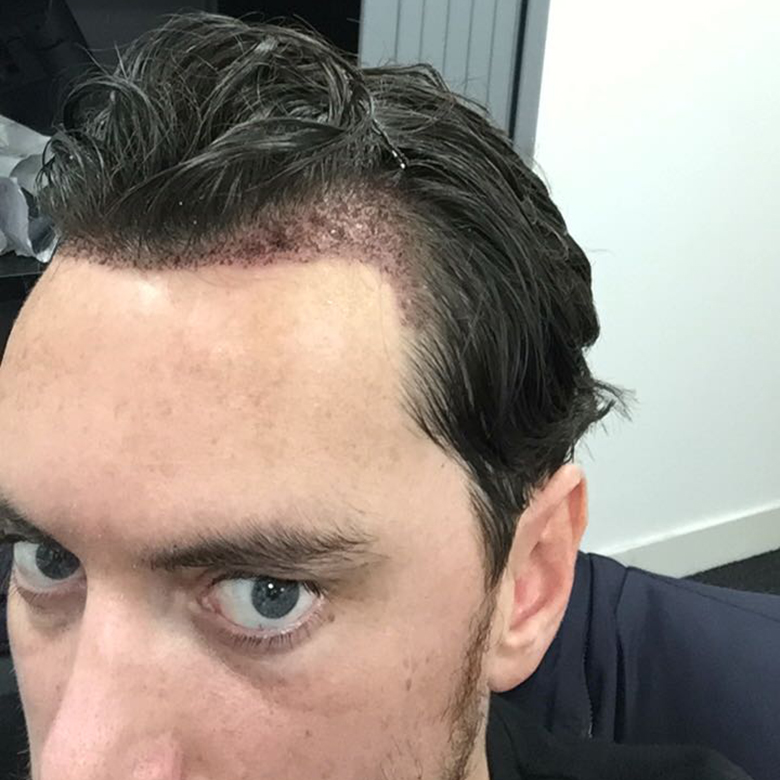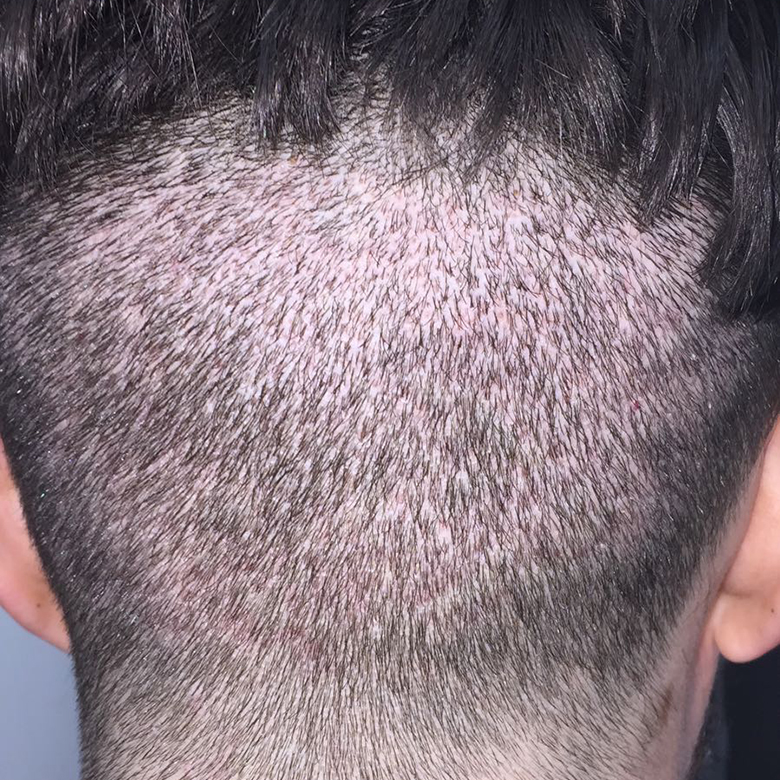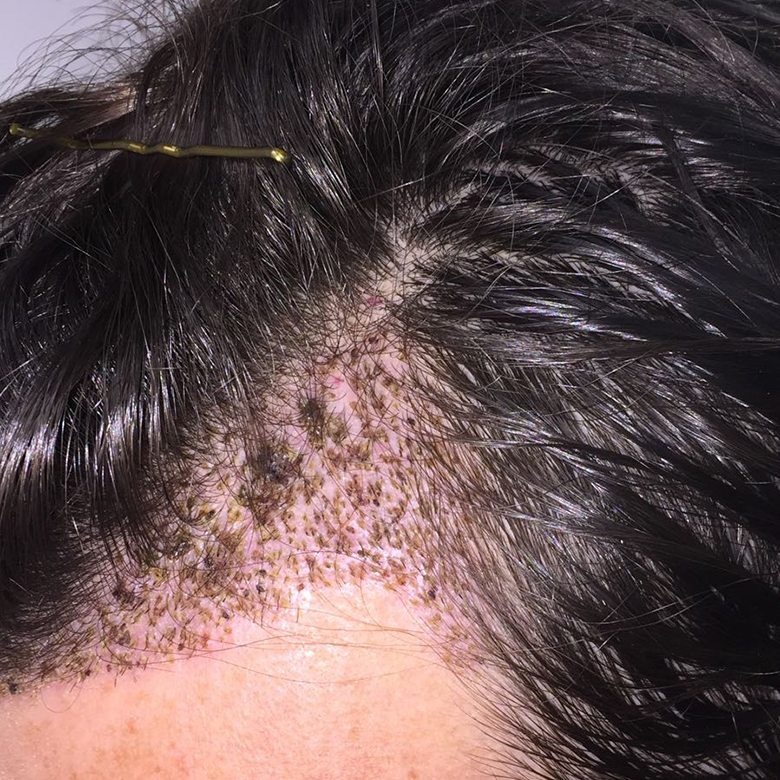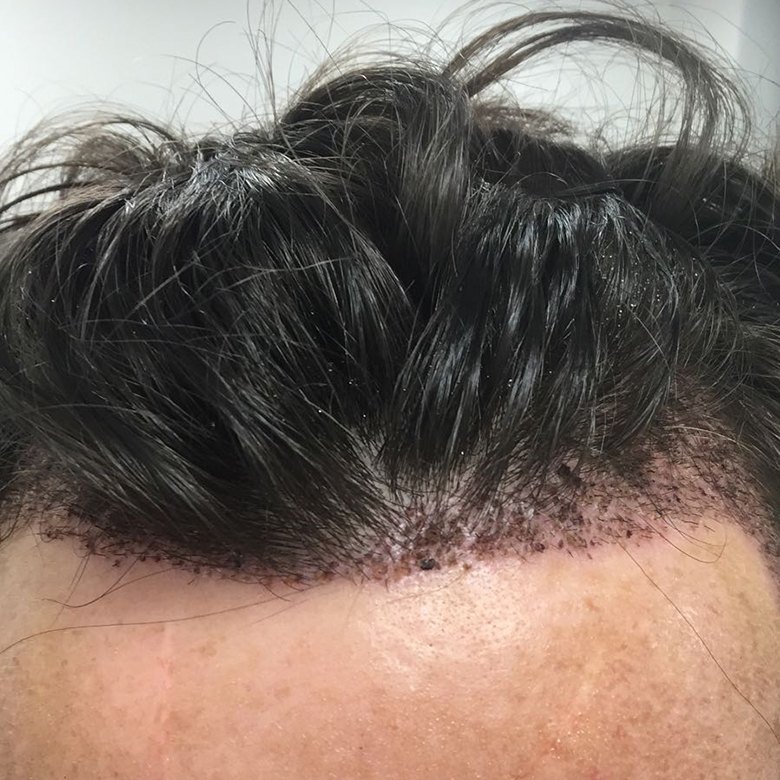HAIR TRANSPLANT PROCEDURES
FUE Hair Transplant Procedure
The FUE (“Follicular Unit Excision”) hair transplant procedure is one of the most sought-after for men. Groups of individual, healthy hair follicles, known as “grafts,” are extracted from the back of the head and relocated into the area of hair that is thinning or bald. As many as 3000 grafts can be extracted and relocated during the procedure. This method allows faster healing and less scaring.
FUT Hair Transplant Procedure
The FUT (“Follicular Unit Transplantation”) hair transplant procedure is The FUT (“Follicular Unit Transplantation”) hair transplant procedure is another popular choice for patients with thinning or bald hair loss patterns. In contrast to the FUE Hair Transplant Procedure, a thin band of hair is extracted from either the back or the sides of the head, and then transplanted to the problem area.




HOW IT’S DONE
FUE
Before surgery starts, the surgeon will discuss your desired results, draw out the new layout of your hair and explain the procedure by talking you through the process and the possible expectations.
Firstly is to clean and shave what is known as the donor area which is at the back of the head from the top of the ear line going downwards. After the patient receives a local anesthetic, the surgeon will remove hair grafts, one by one, using a specialised follicle extraction machine ranging from point 0.85mm to point 1.15mm punches. A sterile dressing will be placed over the donor area, allowing the small holes to heal. This needs to be left on for 24 hrs.
After harvesting, each graft is checked and selected into categories according to whether the graft is made up of one, two or three individual hairs. These are then planted into the prepared recipient area. Depending on how many grafts are required the extraction phase is usually between one to three hours long.
During the procedure, the surgeon will make tiny incisions into the agreed area with a small needle and will individually align each hair graft into it. This will be done according to the patient’s unique hair arrangement so that the result is as natural as possible. The surgeon will also take into account other factors, such as the consistency and angle of the hair. This phase can take from 1 to 4 hours, and is reliant on the amount of grafts that need to be relocated.
FUT
Before surgery starts, the surgeon will discuss your desired results, draw out the new layout of your hair and explain the procedure by talking you through the process and the possible expectations.
The extraction of the donor band from either the sides or the back of the head. Following this procedure, the small resulting incision will be stitched together with a trichophytic closure – this means that the patient will be left with a small, inconspicuous scar that can be hidden by hair longer than 1cm. This type of closure also means that hair can grow through the scar, which will further add to its inconspicuousness.
The extracted donor area is treated under a microscope, so that it can be classified into grafts of between one and three individual hairs. Once this preparation and selection is done, the grafts are then planted into the recipient area. This will be done according to the patient’s unique hair arrangement so that the result is as natural as possible.
The surgeon will also take into account other factors, such as the consistency and angle of the hair. This phase can take from one to four hours, and is reliant on the amount of grafts that need to be relocated.
Results may vary from person to person


 Call Now
Call Now